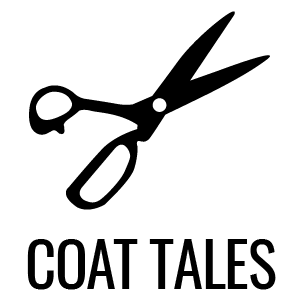Recently I had the pleasure of speaking with Andrew Hasegawa, great grandson of Setsutaro Hasegawa. Japanese-born Setsutaro arrived in Victoria in 1897, four years before the passing of the exclusionary White Australia policy. Initially employed as a domestic worker – or houseboy – in Melbourne, he went on to become the proprietor of Japanese laundries first in Melbourne’s South Yarra then later in Geelong.
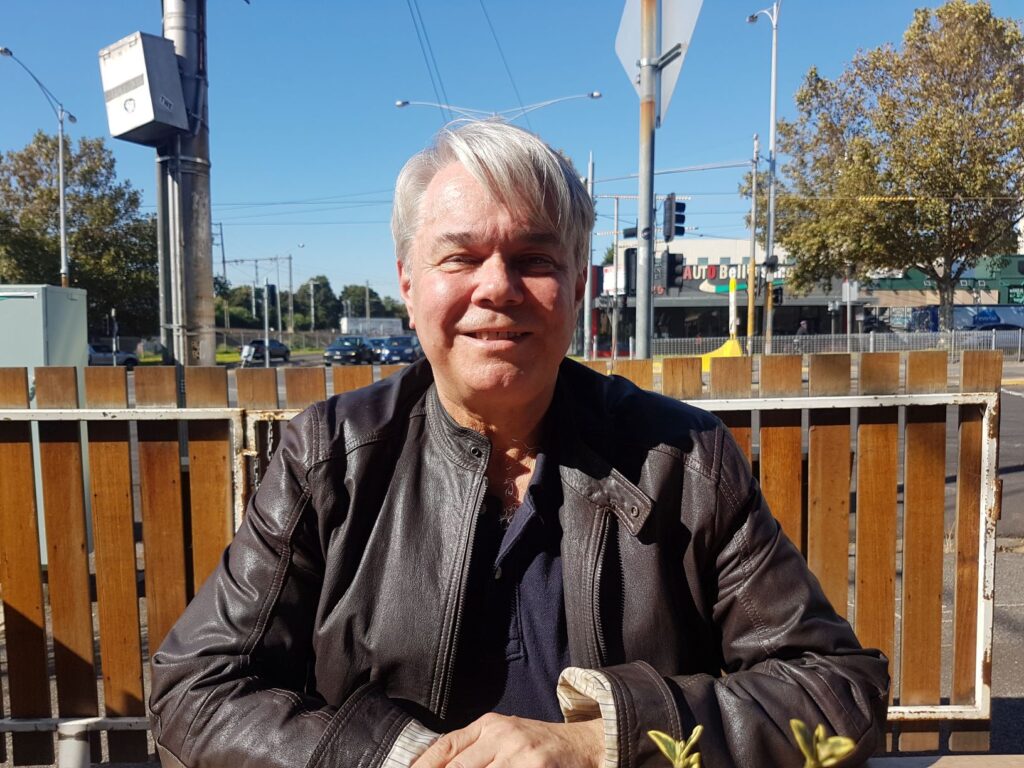
Of great interest to us is a rich and rare collection of clothing, photographs, documents and objects owned, worn and used by Setsutaro Hasegawa that Andrew donated to Museums Victoria. Among the items are a number of finely tailored suits and boldly patterned waistcoats. At least some of these were made by South Yarra-based tailor Ichizo Sato.
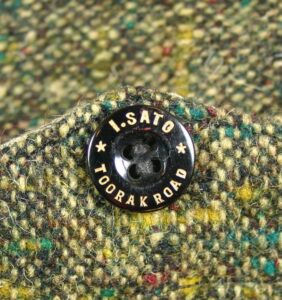
Copyright Museums Victoria / CC BY: https://collections.museumsvictoria.com.au/articles/3708
Sato landed in Melbourne just months before the Immigration Restriction Act 1901 came into force. With six years’ experience as a tailor in Yokohama and Tokyo prior to emigrating, he had formed part of the growing ranks of tailors charged with outfitting increasing numbers of professions in Japan as the nineteenth century drew to a close. His career as a tailor and dressmaker flourished in South Yarra, where he had a decades-long presence on Toorak Road.
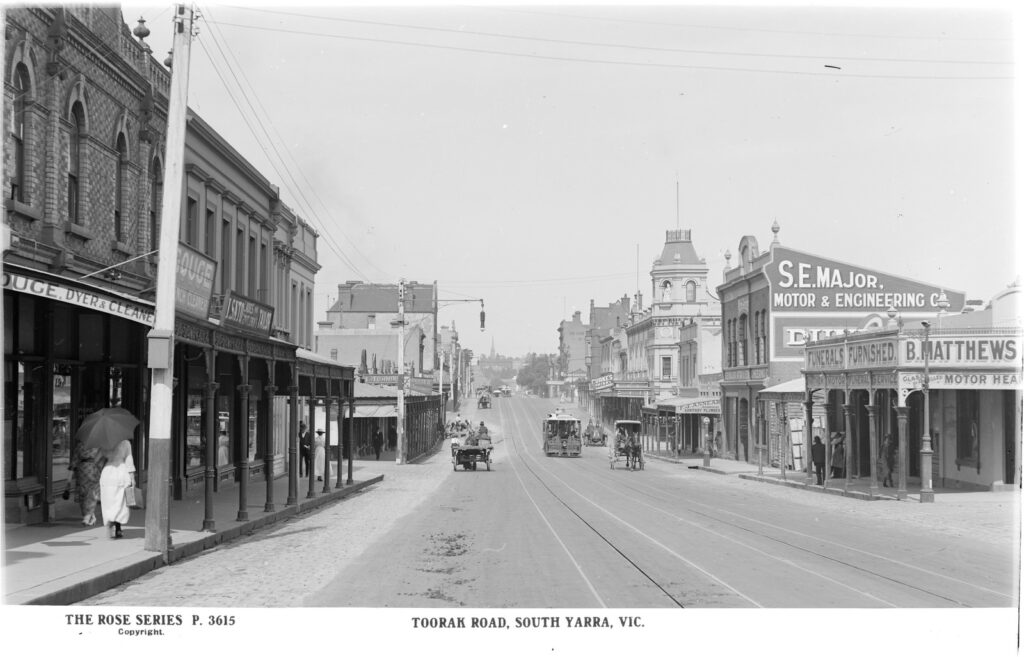
State Library Victoria, H32492/4985
The suits – in grey wool and tweed – are elegant and styled with clean, sharp lines. There are single-breasted jackets, trousers made to be worn with braces (commonplace in the decades before ‘self-supporting’ trousers) and waistcoats with pockets useful for carrying keys, coins or pencils.
These suits were carefully made to fit Setsutaro Hasegawa. We know this through paying close attention to detail. The trousers feature adjustable straps at the centre back to create a snug fit to the waist. The leg hems were cut shorter at the front while curving down gently at the back to accommodate the fall of the trousers against leather shoes. The result was a perfectly controlled ‘break’ – the crease in the trouser leg just above the shoe – that indicated a painstaking fitting process and the ideal length.
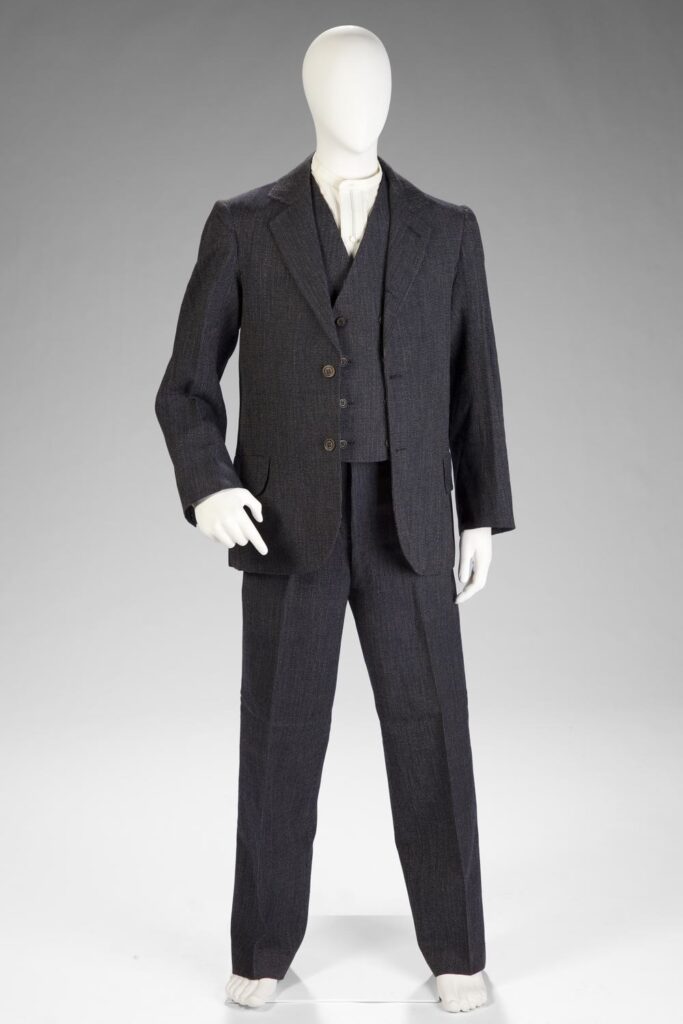
Photographer: Taryn Ellis, Source: Museums Victoria
Copyright Museums Victoria / CC BY: https://collections.museumsvictoria.com.au/items/1556767
But we also know this by looking at the photographs of Setsutaro Hasegawa wearing his suits. One portrait taken around 1908 captures his meticulous presentation, from his beautifully groomed hair and moustache to his clothes: a single-breasted jacket and matching double-breasted waistcoat buttoned high on his chest. His tie is carefully knotted. His watch chain hangs neatly across his chest. His perfectly-starched white collar, worn high to his jaw, reminds us of his skill as a Japanese laundryman.
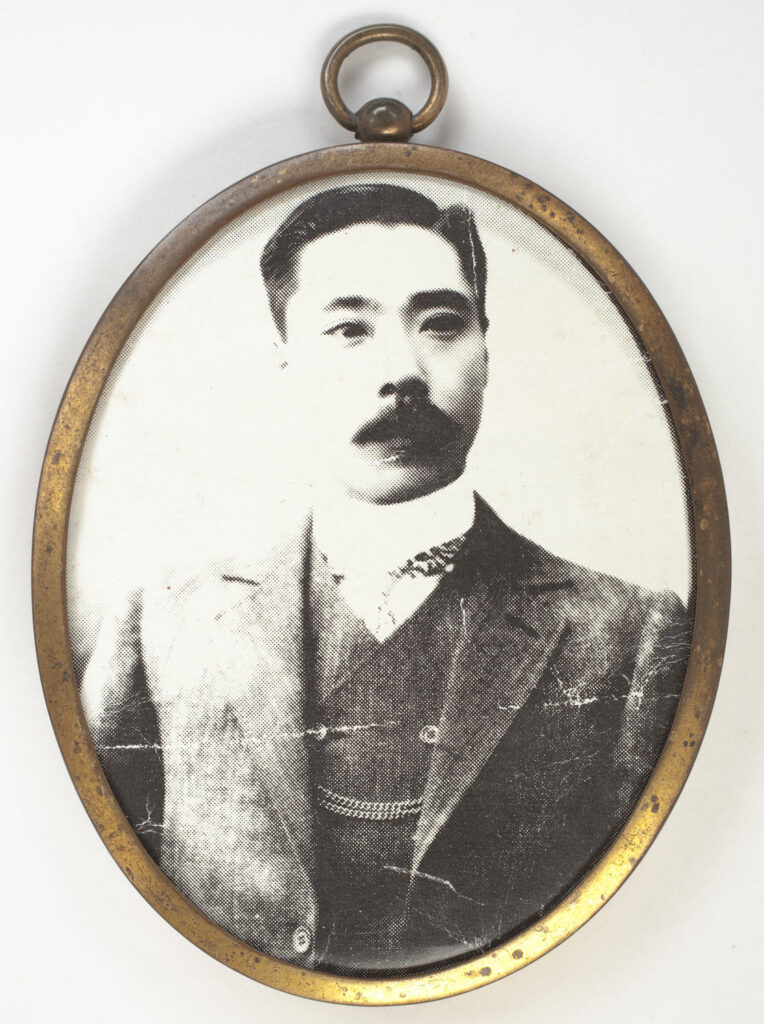
Copyright Museums Victoria / CC BY: https://collections.museumsvictoria.com.au/items/1557036
I’m so grateful to Andrew for generously sharing details about his great grandfather. Having looked at Setsutaro’s clothing in detail, it’s a privilege to know more about the man who wore it.
References
‘A Japanese Dressmaker’, Age, 14 June 1906, 7.
‘City of Prahran Rate Book 1900’, City of Prahran [1856-1901], Microfilm Copy of Rate Books, 2344/P, Public Records Office of Victoria.
‘Concentrates’, Prahran Telegraph, 16 July 1910, 5.
‘Dossier of Ichyo [sic] Sato’, National Archives Australia: A367 C69262.
‘I. Sato’ Ladies’ Tailor’, Herald, 24 August 1918, 10.
‘Just arrived!’, Prahran Telegraph, 14 October 1911, 7.
Moya McFadzean, ‘Setsutaro Hasegawa, Japanese Migrant, 1897-circa 1952’, 2009, in Museums Victoria Collections.
‘Public Notice’, Prahran Telegraph, 28 April 1900, 2.
Sands and McDougall Street Directories.
Michelle Stevenson, ‘Ichigo Sato, Japanese Migrant & Tailor, circa 1890s’, 2010, in Museums Victoria Collections.
‘Transcript of evidence of objection by S T Hasegawa, Japanese internee, Tatura 10/2/1942’, National Archives Australia: MP529/3, TRIBUNAL 4/114.
‘Unassisted Inward Passenger Lists (Foreign Ports) 1852-1923’, VPRS 7667, Fiche 347, Public Records Office of Victoria.
